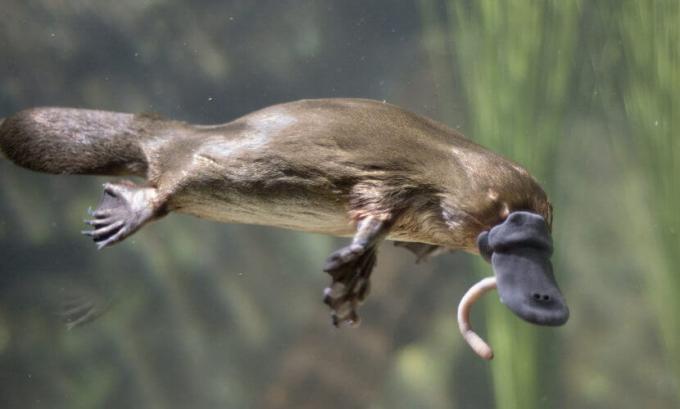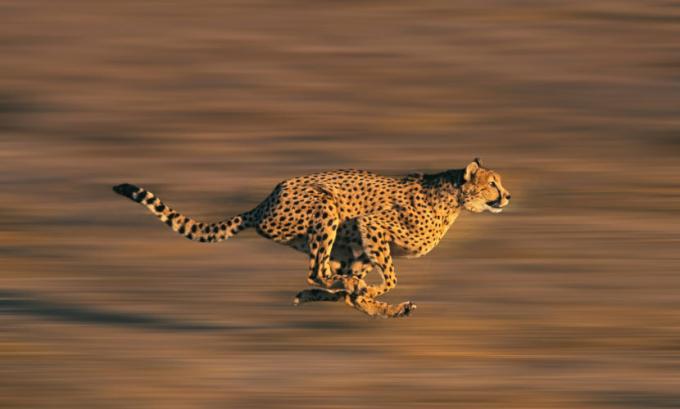We know that no living being lives alone on the planet. It is impossible not to relate to other beings, however, these relationships are not always beneficial. Parasitism and predation, for example, are examples of relationships in which only one individual benefits and the other is harmed.
There are also relationships in which only one benefits, without prejudice to the other, and those in which both benefit. In the latter case, we have the call mutualism, which can be mandatory or optional.
O mandatory mutualism, also called symbiosis, exists when two individuals of different species necessarily need each other. In this case, they maintain a permanent relationship, making it impossible for each to live in isolation.
A classic example of obligatory mutualism is the lichen, which are formed by the association of algae or cyanobacteria and some species of fungi. These species are unable to live alone in that location. Their survival is only possible because they help each other. The alga (or a cyanobacterium) provides the fungus with organic matter from photosynthesis. The fungus, on the other hand, offers the algae water and nutrients that it removes from the environment, in addition to ensuring the support and protection necessary for it.

In lichens, algae and fungi live in symbiosis, unable to live separately
Another important example of symbiosis concerns the wood-eating termites and a protozoan of the genus Trichonympha. Termites, when feeding on wood, ingest cellulose, which cannot be digested by them. However, in your gut live the Trichonympha, that carry out this digestion process. It is clear, therefore, that one needs the other, as termites need to digest cellulose and protozoans need shelter and food.
There is still a kind of mutualism that is optional, that is, individuals of different species live together and obtain benefits from this union, however, they manage to live independently. This relationship is also called protocooperation.
As an example of this type of association, we can mention the sea anemone and the hermit. The hermit crab is a species of crab that protects itself by occupying empty snail shells. The shell often has anemones on it, which provides even more protection for the crab. In turn, the sea anemone is transported by the animal, being also benefited. Note that in this case, one can live without the other, however, membership can bring many benefits.

The hermit crab transports the sea anemone while it protects it
Another example of protocooperation occurs between birds and mammals. We often visualize birds on top of mammals, such as oxen. They are feeding on these animals' ticks. While the ox gets rid of the parasites, the birds get food.
Did you see? There are several species that are related to others and benefit from this association. Can you remember any other species? Write in the comments!



